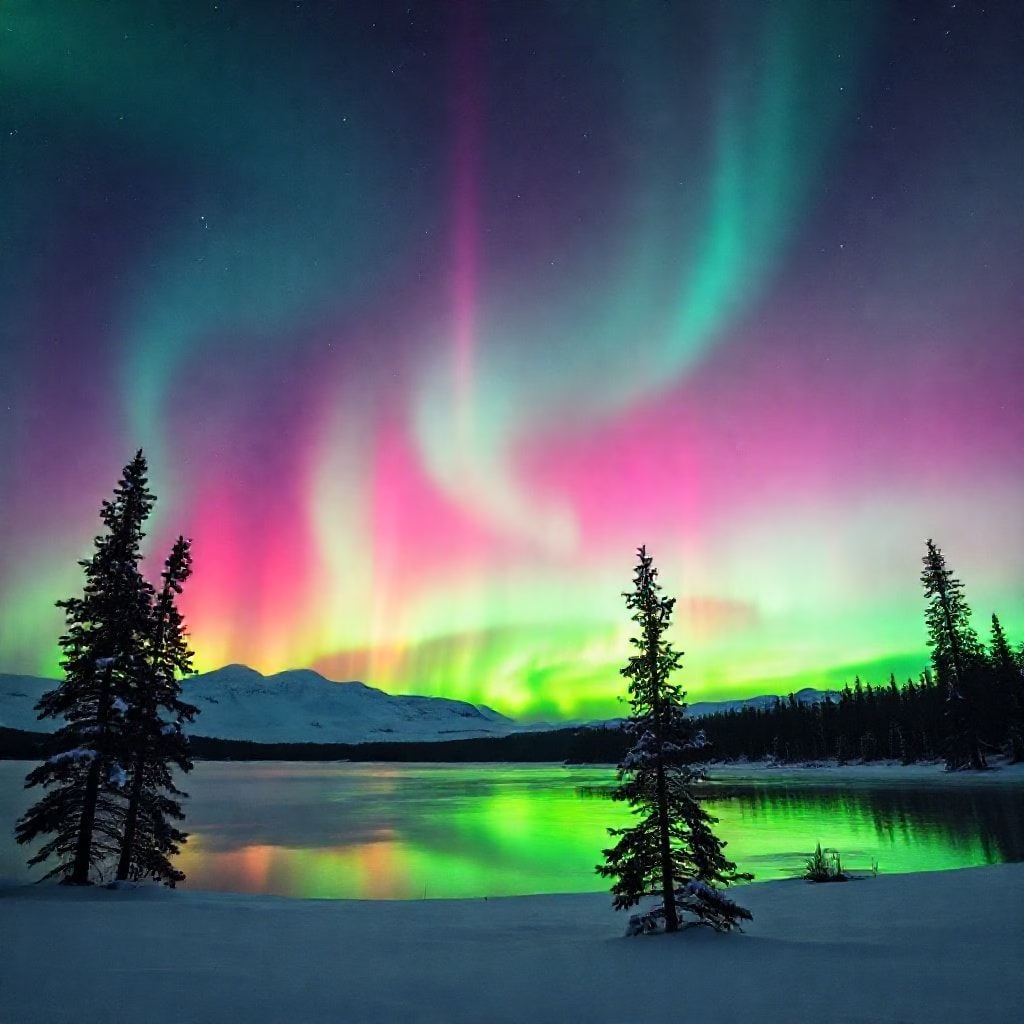Chasing the Aurora: Your Guide to Predicting and Witnessing the Northern Lights

Chasing the Aurora: Your Guide to Predicting and Witnessing the Northern Lights
The aurora borealis, or Northern Lights, is one of nature’s most spectacular displays, painting the night sky with vibrant hues of green, red, and purple. For those eager to witness this ethereal spectacle, predicting its appearance is key. Understanding the science behind the aurora and how to interpret forecasts can greatly increase your chances of experiencing this breathtaking phenomenon. This guide provides a comprehensive overview of the factors that influence the aurora and how to use available resources to plan your viewing adventure.
Decoding the Aurora: What Makes the Lights Dance?
Predicting the aurora involves monitoring several key factors related to space weather. The sun constantly emits a stream of charged particles called the solar wind. When this solar wind interacts with Earth’s magnetic field, it can create geomagnetic disturbances that trigger the aurora. Several key measurements are used to gauge the likelihood and intensity of these lights:
The Kp Index: Your Key to Aurora Viewing
The Kp index is perhaps the most critical measurement for aurora viewing. This planetary K-index, a scale from 0 to 9, measures geomagnetic activity across the globe. A Kp value of 0 indicates minimal disturbance, while 9 signifies a major geomagnetic storm and a high probability of seeing the aurora. Generally, a Kp of 5 or higher suggests that the aurora may be visible at lower latitudes than usual. Keep in mind that the higher the Kp value, the more widespread and intense the aurora display will be.
The Hemispheric Power Index (HPI): Measuring Aurora Energy
The Hemispheric Power Index (HPI) measures the total energy of the aurora in gigawatts (GW). This provides another indicator of the aurora’s intensity. A higher HPI reading indicates a more powerful aurora, increasing the likelihood of vibrant displays. Websites often provide both Kp and HPI readings, which allows you to assess the overall activity level.
The Bz Component: The Magnetic Compass of the Solar Wind
The Bz component of the solar wind’s magnetic field is also crucial. This measures the north-south direction of the interplanetary magnetic field. Negative Bz values indicate that the magnetic field is oriented southward, which enhances the likelihood of the solar wind connecting with Earth’s magnetic field. This connection is necessary to transfer energy and initiate the aurora. Negative Bz values are a good sign for aurora chasers.
Where to Find Real-Time Aurora Forecasts
Fortunately, numerous resources are available to help you track and predict the aurora. The NOAA Space Weather Prediction Center is a primary source, providing comprehensive forecasts and real-time data. Another helpful website is NorthernLightsMap.com. These resources utilize the Kp index, HPI, and Bz values, offering detailed predictions of aurora visibility, intensity, and expected viewing locations.
The New York Times, in their weather section, may also offer periodic aurora updates and articles. Following these resources allows you to monitor the current space weather conditions and plan your viewing strategy accordingly. Remember that aurora forecasts are not always perfectly accurate, but they offer valuable insights and improve your chances of success.
Understanding the Aurora’s Dynamic Appearance
The aurora is anything but static. Its appearance is dynamic, characterized by a constant dance of colors and shapes. Expect to see a variety of colors, with green being the most common, produced by oxygen molecules. Red hues are often observed at higher altitudes, while purple and blue tones can appear due to interactions with nitrogen. The lights can take on many forms, from shimmering curtains and pulsating bands to dancing arcs and coronas. The intensity and movement of the aurora will depend on the overall strength of the geomagnetic activity, indicated by the Kp index and HPI.
Whether you’re planning a trip to Fairbanks, Alaska or simply hoping to catch a glimpse from your backyard, understanding the science behind the aurora and using available forecast tools will greatly improve your chances of witnessing this incredible natural phenomenon. Happy aurora hunting!
For further reading and real-time forecasts, check out these resources:
https://www.swpc.noaa.gov/communities/aurora-dashboard-experimental
https://www.northernlightsmap.com/
https://www.nytimes.com/2025/08/31/weather/northern-lights-aurora-tonight.html




